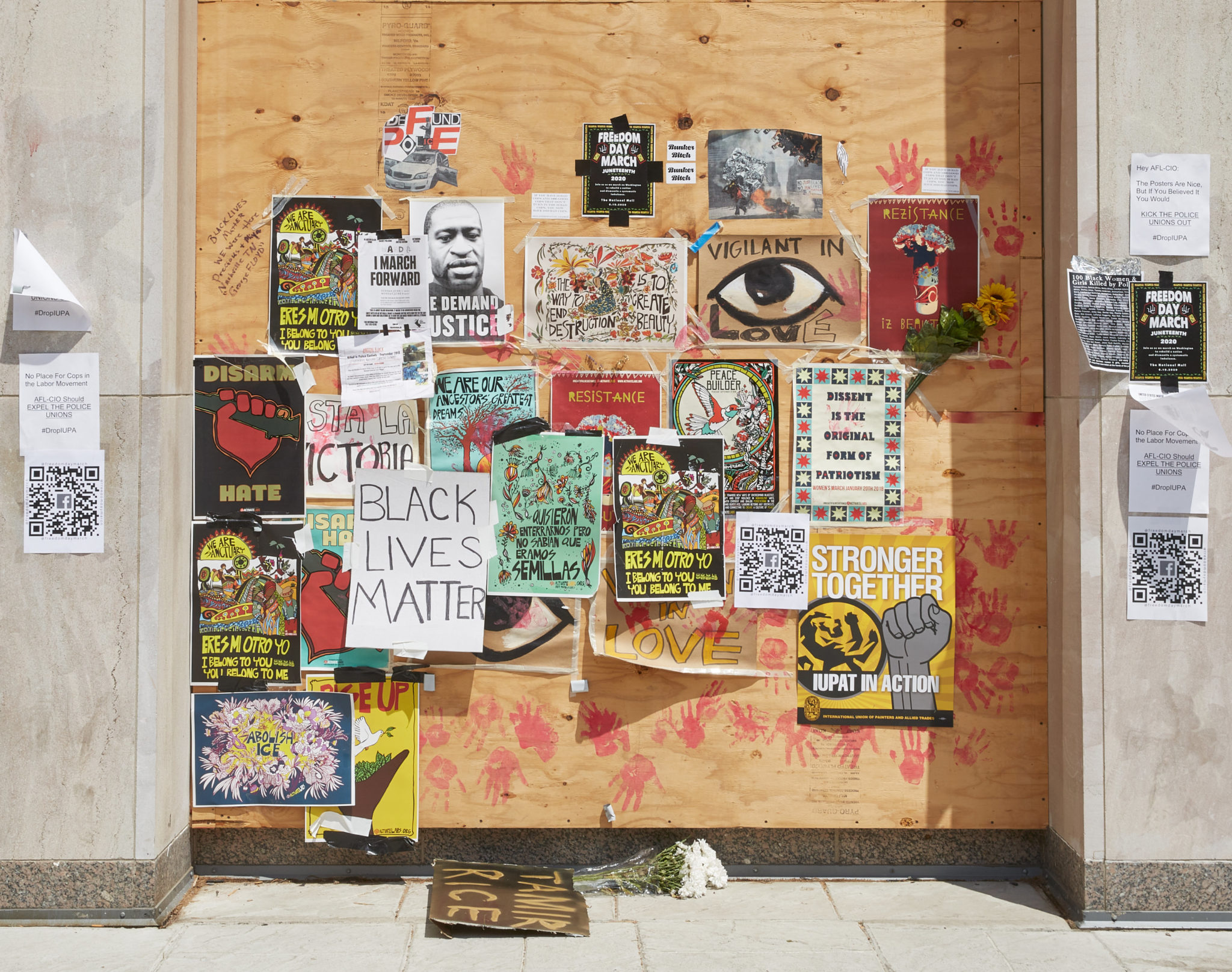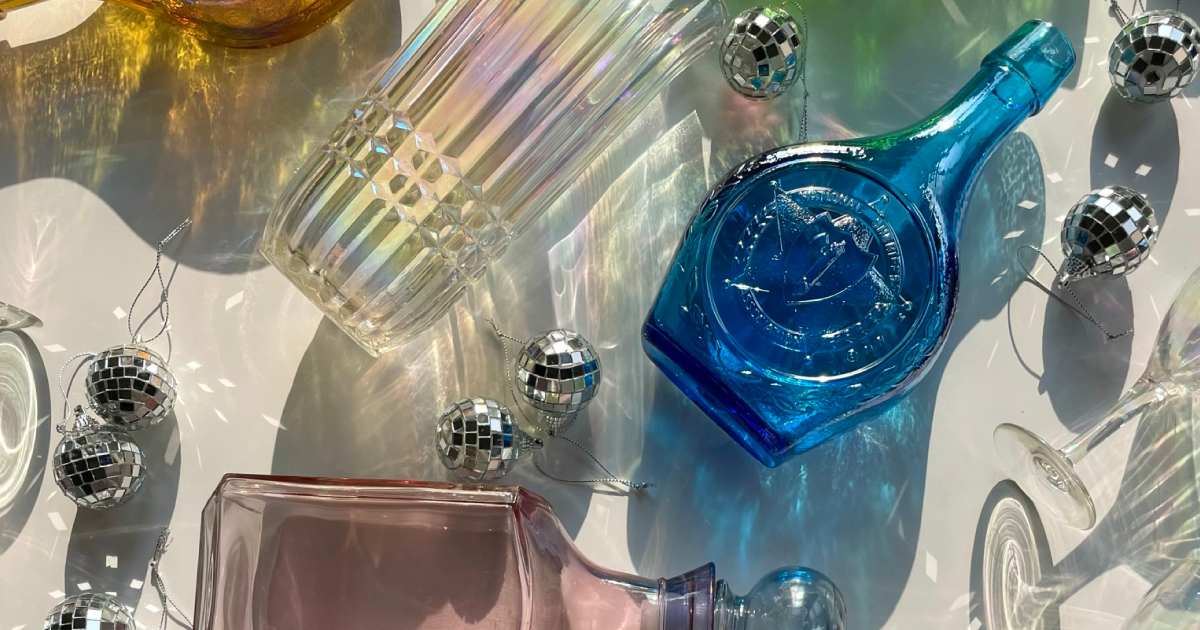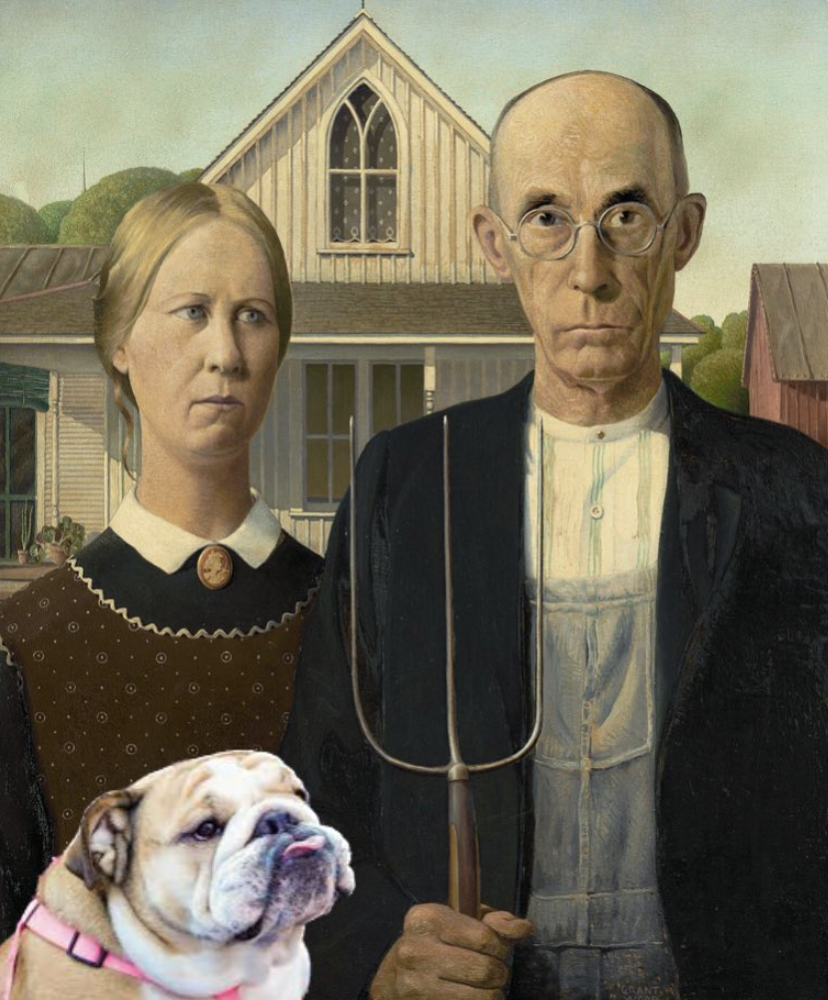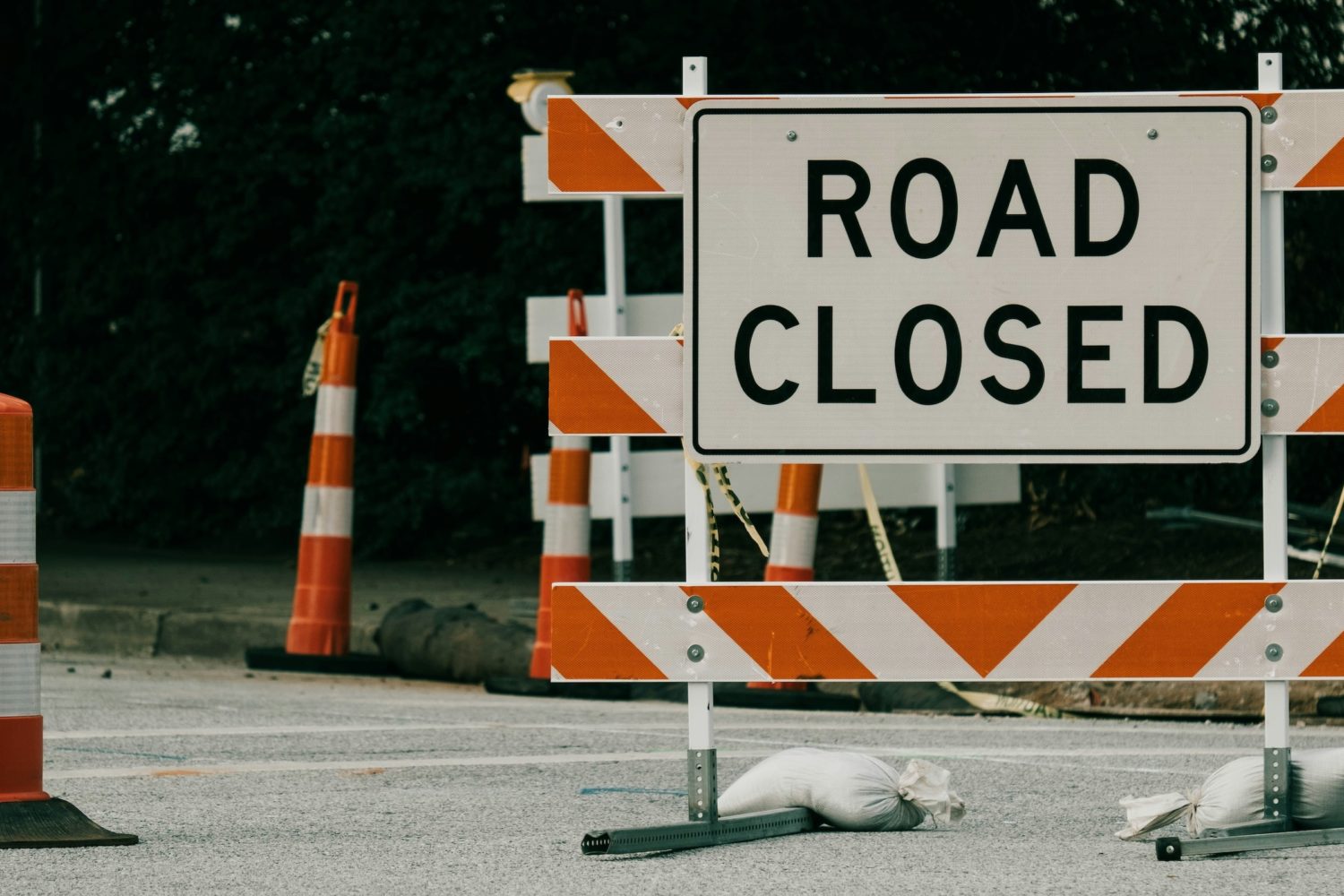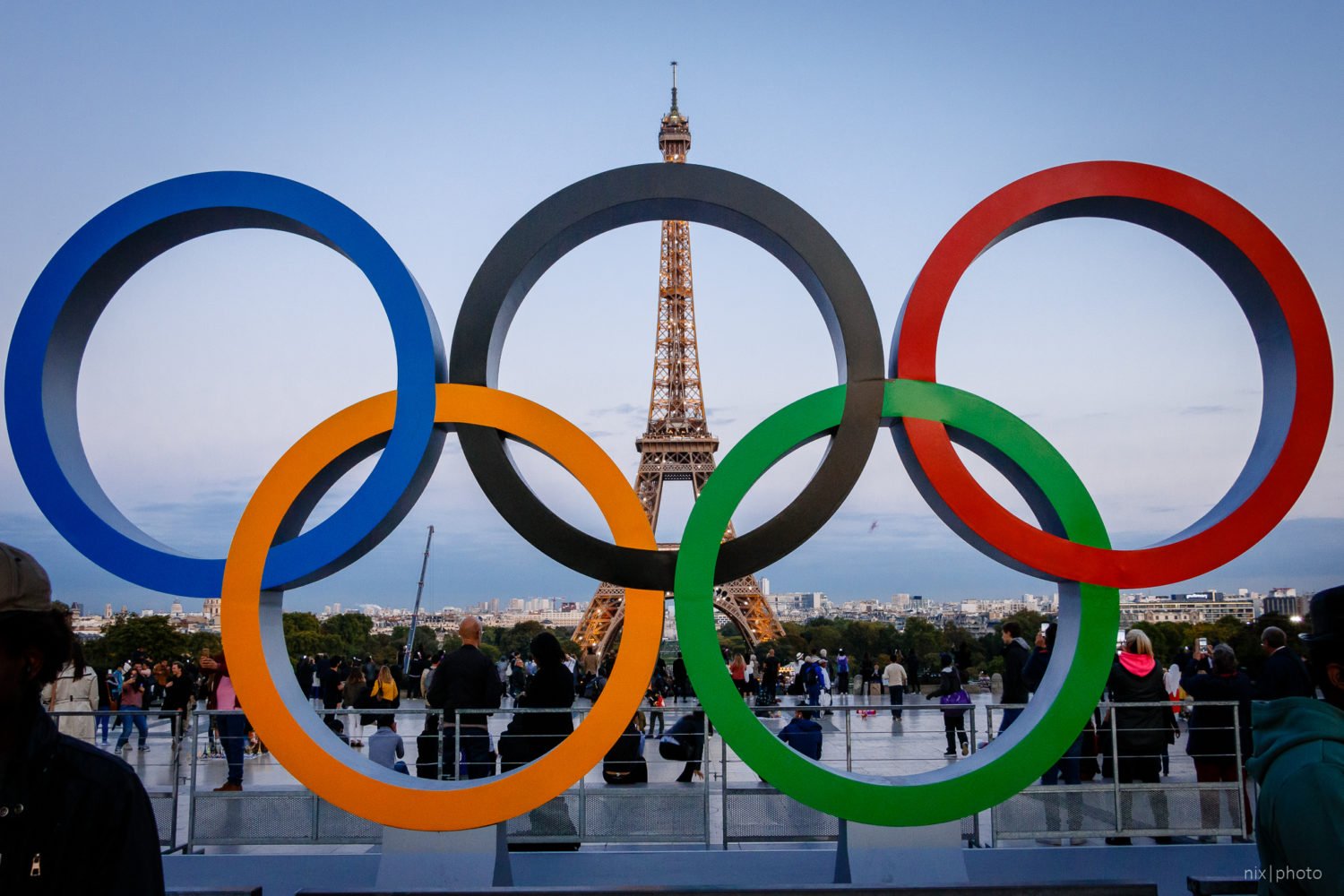The morning after the storming of the Capitol, Smithsonian curator Frank Blazich went to the National Mall and began collecting detritus that might be of interest to history. Blazich is a curator at the National Museum of American History, and for this rapid-response-collection project, he and his team were after signs, political handouts, and anything else related to the 2020 election or Covid-19. Later, Blazich and his colleagues at the Smithsonian slowly began the process of evaluating the collected objects.
Once decisions have been made about what to keep, another question will come to the fore: What should be done with these artifacts? In addition to the attack, there have been efforts to preserve signs and other objects from the Black Lives Matter protests over the summer as well as murals painted on storefront-protecting plywood, Covid masks, and so forth. The artifacts could simply be kept for study by historians. Or there could be a museum, memorial, or exhibit that tells a coherent story about one of the most tumultuous periods in American history.
Blazich thinks it’s extremely unlikely the objects he’s been collecting will end up in their own museum, as with the 9/11 Memorial Museum in lower Manhattan. But he does believe they’ll eventually go on public display. “I could certainly see an exhibit looking at the 2020 campaign with the element of the pandemic factored in,” he says. If that happens, it will be crucial to include a wide array of objects, along witness interviews and other research. “Most important would be to hear from as many voices as possible,” says Jennifer Kingsley, who runs a museum-studies program at Johns Hopkins University. Kingsley says this was an event of national significance that was also part of a larger historical pattern of white supremacy. “There’s so many things to consider.”
If such an undertaking sounds intriguing, don’t get too excited. A significant exhibit along these lines typically takes many years to put together, and at the moment no concrete plans are in the works. But when the time comes, the objects that have been preserved will powerfully evoke our era’s deep unrest. Blazich points to a sign found riveted to a street-sign post along the Mall. Its disturbing message: OFF WITH THEIR HEADS. STOP THE STEAL. “It makes for a wonderful object to capture the mood, the zeitgeist of that day,” he says. “I doubt the creator intended it to be acquired by the Smithsonian. But we’re certainly glad to have it.”

